Home>Renovation & DIY>Tools & Equipment>What Are Chip Paint Brushes
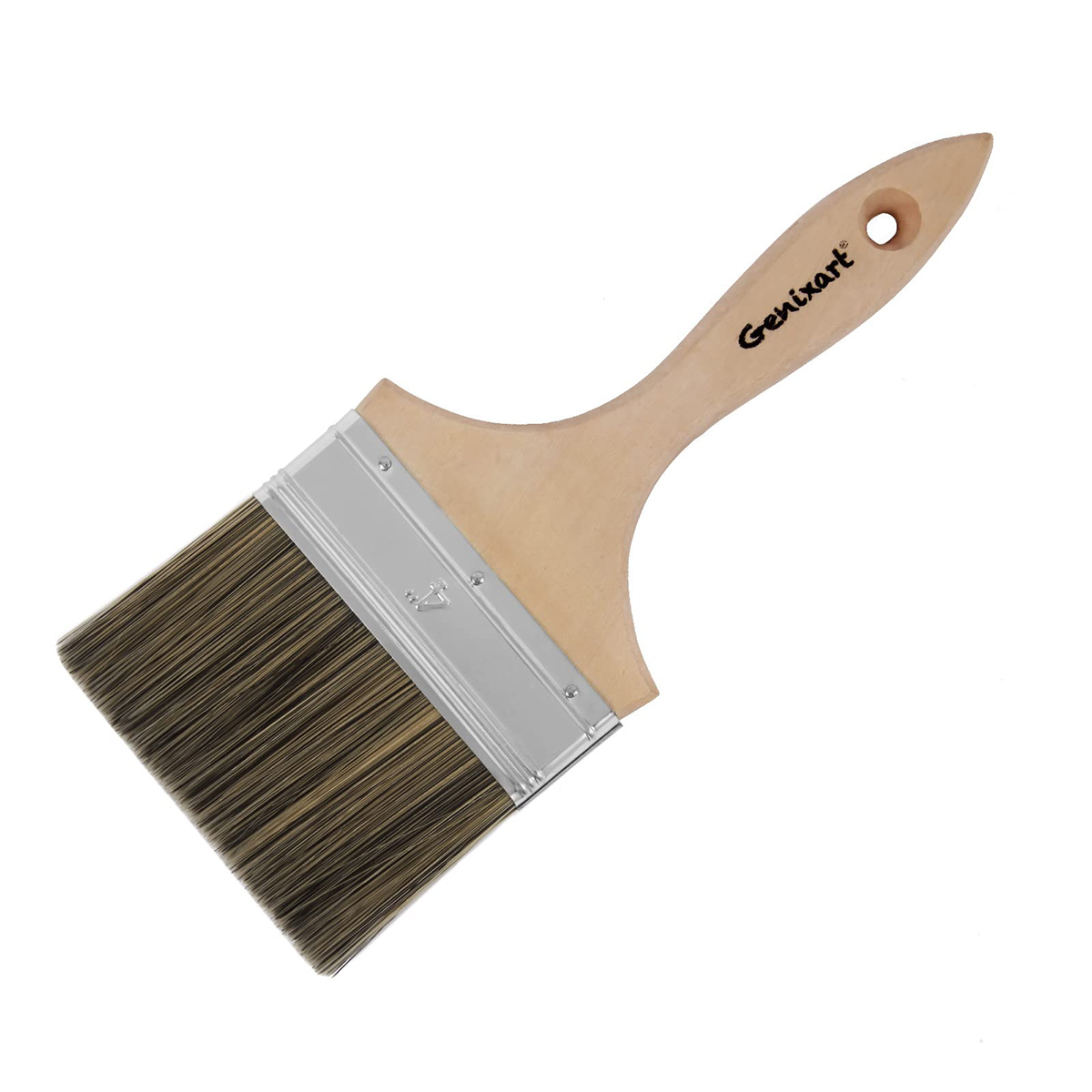

Tools & Equipment
What Are Chip Paint Brushes
Modified: December 21, 2023
Looking for chip paint brushes? Explore our wide range of tools and equipment for all your painting needs. Find high-quality brushes at competitive prices.
(Many of the links in this article redirect to a specific reviewed product. Your purchase of these products through affiliate links helps to generate commission for Storables.com, at no extra cost. Learn more)
Introduction
Welcome to the world of chip paint brushes! If you’ve ever tackled a paint job, you know the importance of choosing the right tools. While there’s a wide range of paint brushes available, chip paint brushes are a vital asset when it comes to detailed painting and touch-ups.
Chip paint brushes, also known as touch-up brushes or trim brushes, are specifically designed for small-scale painting projects and precision work. They are perfect for painting trim, edges, corners, and other intricate areas that require careful attention. Whether you’re a DIY enthusiast or a professional painter, having a chip paint brush in your toolbox can make your painting job easier and more efficient.
In this article, we will explore the definition, types, materials, benefits, and tips for choosing and using chip paint brushes. By the end of this read, you’ll have a comprehensive understanding of these brushes and how they can enhance your painting experience.
Key Takeaways:
- Chip paint brushes are essential for precision and detail work, perfect for touch-ups and intricate painting projects. Their narrow width and short bristles provide control and accuracy in reaching tight corners and edges.
- When choosing chip paint brushes, consider the bristle type and size that best suits your needs. Synthetic bristles are suitable for water-based paints, while natural bristles are preferred for oil-based paints. Additionally, selecting the right brush size ensures efficient coverage for your specific project.
Read also: 14 Best Chip Paint Brushes For 2024
Definition of Chip Paint Brushes
Chip paint brushes are small-sized brushes that are specifically designed for precise painting and detail work. They are commonly used for touch-ups, trim work, and areas that require intricate painting. These brushes typically have shorter bristles and a narrow width, making them perfect for accessing tight corners and edges.
The name “chip paint brush” originated from their primary use, which is to touch up chipped or damaged paint on surfaces. They are often used to fill in small areas of paint loss or cover imperfections with precision. Unlike larger paint brushes that are used for general painting, chip paint brushes offer more control and accuracy in applying paint to targeted areas.
Chip paint brushes come in various shapes and sizes, allowing painters to choose the brush that best suits their specific needs. Some chip brushes have a flat, rectangular shape with bristles that are evenly distributed, while others have an angular tip that allows for better control when painting corners or edges. The bristles of chip brushes are typically made of synthetic materials, natural hairs, or a blend of both.
These brushes are commonly available in art supply stores, hardware stores, and online marketplaces. They are relatively inexpensive, making them an affordable option for both professionals and DIY painters. Chip paint brushes are an essential tool in any painter’s arsenal, as they offer precision and versatility in achieving a flawless finish.
Types of Chip Paint Brushes
Chip paint brushes come in several different types, each designed for specific painting tasks and surfaces. Understanding the different types can help you choose the most suitable brush for your project. Here are the main types of chip paint brushes:
- Flat Chip Brush: This is the most common type of chip brush. It features a flat, rectangular shape with bristles that are evenly spread out. Flat chip brushes are versatile and suitable for a wide range of painting tasks, from touch-ups to larger surface areas.
- Angular Chip Brush: As the name suggests, angular chip brushes have an angled tip, allowing for precise painting of corners and edges. These brushes are ideal for projects that require fine detailing and crisp lines, such as trim work or intricate designs.
- Oval Chip Brush: Oval chip brushes have a rounded or oval-shaped head, which provides good coverage for small and medium-sized areas. The rounded shape makes them ideal for painting curved or contoured surfaces, such as molding or curved edges.
- Tapered Chip Brush: Tapered chip brushes have bristles that taper towards the tip, giving them more control and precision when painting small areas. They are often used for touch-ups and delicate work, allowing you to reach tight spaces with ease.
- Foam Chip Brush: Foam chip brushes feature a foam tip instead of bristles. They are commonly used for smooth finishes, such as applying varnish or sealants, as they leave minimal brush marks and provide even coverage. Foam chip brushes are disposable and can be cost-effective for one-time or occasional use.
When choosing a chip paint brush, consider the specific requirements of your painting project and the surface you’ll be painting. The type of brush you select will greatly impact your ability to achieve a professional, high-quality finish.
Materials Used in Chip Paint Brushes
Chip paint brushes are made using a variety of materials, each offering different qualities and advantages. The choice of material affects the performance and durability of the brush. Here are the most common materials used in chip paint brushes:
- Synthetic Bristles: Synthetic bristles are made from nylon or polyester fibers. They are known for their durability, resistance to wear, and versatility. Synthetic bristles are ideal for use with water-based paints, as they don’t absorb as much moisture as natural bristles do.
- Natural Bristles: Natural bristles are typically made from animal hairs, such as hog, ox, or horsehair. They are soft and flexible, allowing for smooth and even paint application. Natural bristles are most commonly used with oil-based paints, stains, or varnishes, as they can hold more paint and provide better control.
- Blend of Synthetic and Natural Bristles: Some chip paint brushes that offer the best of both worlds combine synthetic and natural bristles. This combination provides the durability and versatility of synthetic bristles with the softer touch and paint-holding capacity of natural bristles.
- Foam: Foam brushes are another popular choice for chip paint brushes. They have foam pads or heads that provide smooth and even coverage, without leaving brush marks. Foam brushes are especially useful for applying finishes like varnish or sealants.
The choice of bristle material depends on the type of paint or coating being used and the desired finish. For water-based paints, synthetic bristles are recommended, while natural bristles are preferred for oil-based paints. Additionally, the type of surface being painted may also influence the choice of bristle material.
Regardless of the bristle material, it’s important to choose chip paint brushes with high-quality construction. Look for brushes with securely fastened bristles, a sturdy handle, and proper ferrule (the metal band that holds the bristles to the handle) to ensure longevity and optimal performance.
When using chip paint brushes, it’s important to choose the right size for the job. Smaller brushes are ideal for detailed work, while larger brushes are better for covering larger areas quickly.
Benefits of Using Chip Paint Brushes
Using chip paint brushes offers several benefits compared to larger paint brushes or other painting tools. These compact and versatile brushes are designed for precision and detail work, making them the go-to choice for many painters. Here are some of the benefits of using chip paint brushes:
- Precision: Chip paint brushes are designed to provide precise control over paint application. Their narrow width and short bristles allow for accurate painting in small and intricate areas, such as trim work, corners, and edges. This precision helps achieve a professional and flawless finish.
- Detail Work: With chip paint brushes, you can easily tackle detail work and touch-ups. Their small size and fine bristles make it easy to cover imperfections, fill in small areas of paint loss, and create crisp lines. Whether you’re painting furniture, trim, or intricate designs, chip paint brushes are essential for achieving intricate and detailed results.
- Easy Access: Chip paint brushes excel at reaching tight spaces that larger brushes cannot. Their compact size allows for easy maneuverability, making it possible to paint narrow gaps, crevices, and hard-to-reach corners. This accessibility ensures that every nook and cranny receives a beautiful coat of paint.
- Even Application: Chip paint brushes are designed to provide an even and consistent application of paint. The bristles are carefully spaced and distributed to ensure proper coverage without leaving streaks or brush marks. This even application results in a smooth and professional finish.
- Versatility: Despite their small size, chip paint brushes are highly versatile. They can be used with a variety of paints, stains, varnishes, and sealants, making them suitable for a wide range of projects. Whether you’re painting wood, metal, plastic, or other surfaces, chip paint brushes can handle the job.
Overall, chip paint brushes offer precision, control, and versatility, making them an indispensable tool for any painter. Their ability to tackle detail work, reach tight spaces, and provide even application is unmatched by larger brushes. With chip paint brushes in your arsenal, you can elevate the quality of your painting projects and achieve professional-looking results with ease.
Read more: What Are Good Paint Brushes
Tips for Choosing and Using Chip Paint Brushes
Choosing the right chip paint brush and using it correctly can greatly impact the outcome of your painting project. Here are some valuable tips to keep in mind when selecting and using chip paint brushes:
- Consider the Bristle Type: Determine whether you need synthetic or natural bristles based on the type of paint or coating you’ll be using. Synthetic bristles are best for water-based paints, while natural bristles are suitable for oil-based paints and varnishes.
- Choose the Right Size: Select a chip paint brush size that complements the scale of your project. For smaller areas and intricate work, opt for a narrower brush, while larger brushes are better suited for bigger surfaces. Consider the width and length of the brush to ensure it fits your painting needs.
- Inspect the Bristles: Before purchasing a chip paint brush, take a close look at the bristles. They should be evenly spaced, have no loose strands, and feel secure. Avoid brushes with bristles that are splayed or uneven, as they can affect the quality of your paint application.
- Test for Stiffness: If possible, test the stiffness of the bristles before buying a chip paint brush. Depending on your preference, choose a brush with bristles that feel firm but still have some flexibility. This ensures better control and maneuverability while painting.
- Prepare the Brush: Before using a new chip paint brush, it’s important to prepare it properly. Remove any loose bristles by gently pulling them with your fingers or tapping the brush against your palm. This step will prevent loose bristles from getting stuck in your paintwork.
- Apply the Right Pressure: When using a chip paint brush, be mindful of the pressure you apply while painting. Gentle and controlled strokes will result in a smoother and more even application of paint. Avoid pressing too hard on the brush, as it can cause bristles to splay or leave visible brush marks.
- Clean and Maintain: After each use, thoroughly clean your chip paint brushes to extend their lifespan. Use the appropriate solvent or cleaning agent based on the type of paint you used. Gently comb or reshape the bristles with your fingers, and store the brush in a dry and upright position to maintain its shape and prevent damage.
- Practice Proper Technique: To achieve the best results with chip paint brushes, practice good painting techniques. Hold the brush at a slight angle and use short, controlled strokes. Start from the edges and work your way towards the center of the surface, overlapping each stroke slightly for even coverage.
By following these tips, you’ll be able to select the right chip paint brush for your project and use it effectively. With proper care and technique, your chip paint brushes will continue to deliver excellent results and serve as valuable tools in your painting endeavors.
Conclusion
Chip paint brushes are essential tools for anyone involved in painting projects, whether you’re a DIY enthusiast or a professional painter. These brushes offer precision, control, and versatility, making them ideal for detail work, touch-ups, and painting small, intricate areas. With their narrow width and short bristles, chip paint brushes provide the ability to reach tight corners and edges with accuracy.
When choosing chip paint brushes, consider the bristle type and size that best suits your needs. Synthetic bristles are suitable for water-based paints, while natural bristles are preferred for oil-based paints. Additionally, selecting the right brush size ensures efficient coverage for your specific project.
To get optimal results, it’s important to properly prepare and maintain your chip paint brushes. Remove any loose bristles before use and clean them thoroughly after each painting session. By practicing proper painting techniques, such as applying the right pressure and using controlled strokes, you can achieve a professional and flawless finish.
In conclusion, chip paint brushes are invaluable tools that provide precision, versatility, and control for all your painting needs. Whether you’re working on trim, edges, corners, or any small-scale painting project, these brushes will enhance your painting experience and help you achieve outstanding results.
So, next time you embark on a painting project, don’t forget to grab your chip paint brush and witness the difference it can make in delivering a flawless and professional-looking finish.
Frequently Asked Questions about What Are Chip Paint Brushes
Was this page helpful?
At Storables.com, we guarantee accurate and reliable information. Our content, validated by Expert Board Contributors, is crafted following stringent Editorial Policies. We're committed to providing you with well-researched, expert-backed insights for all your informational needs.
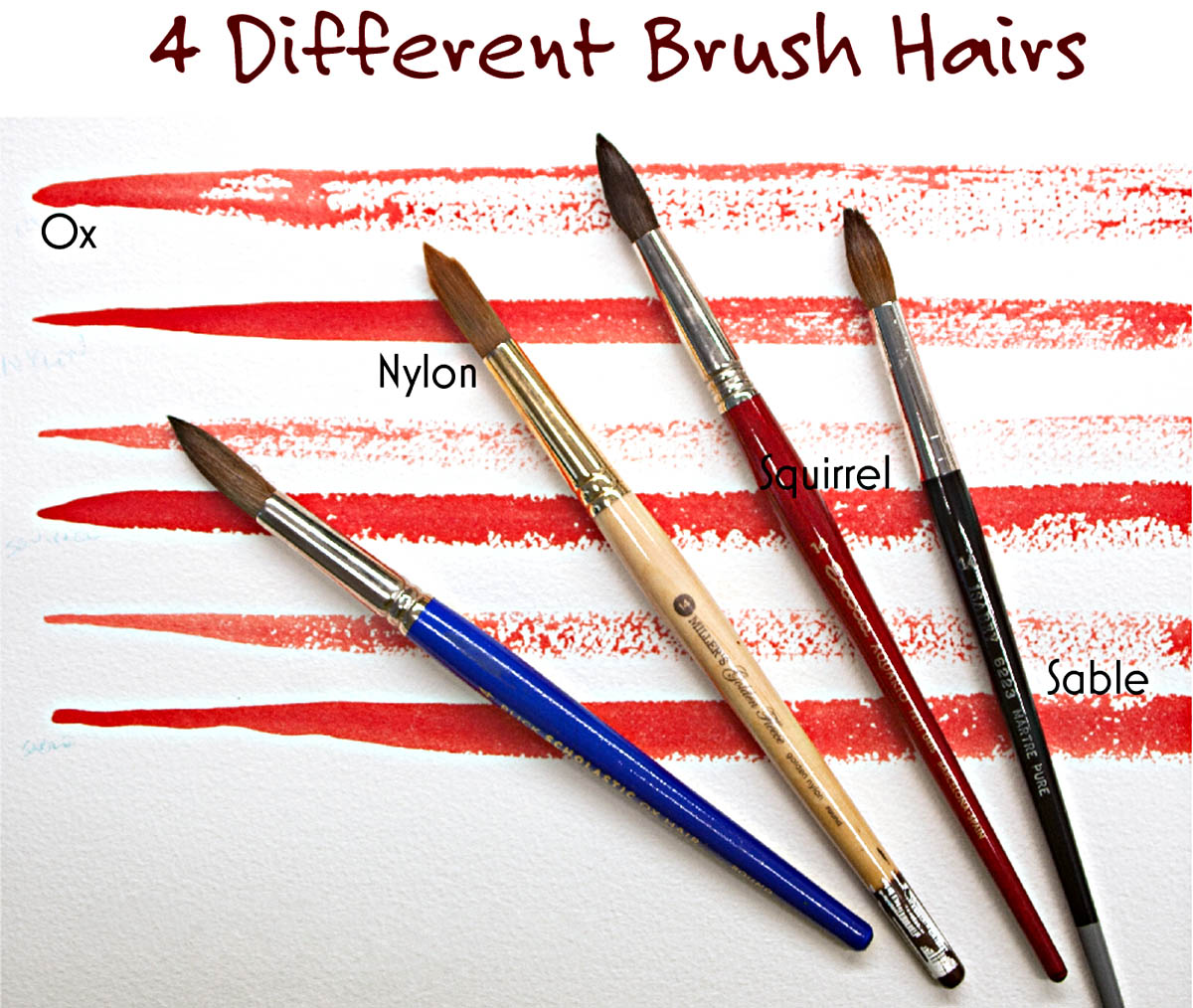
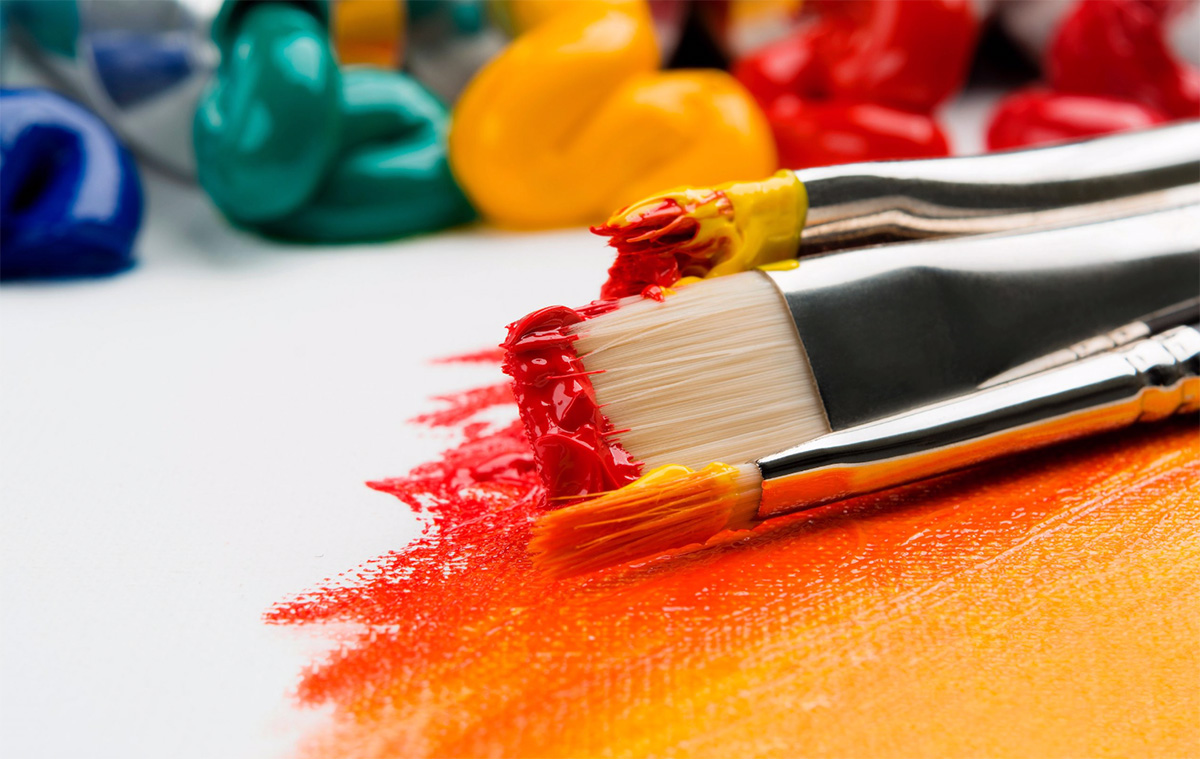
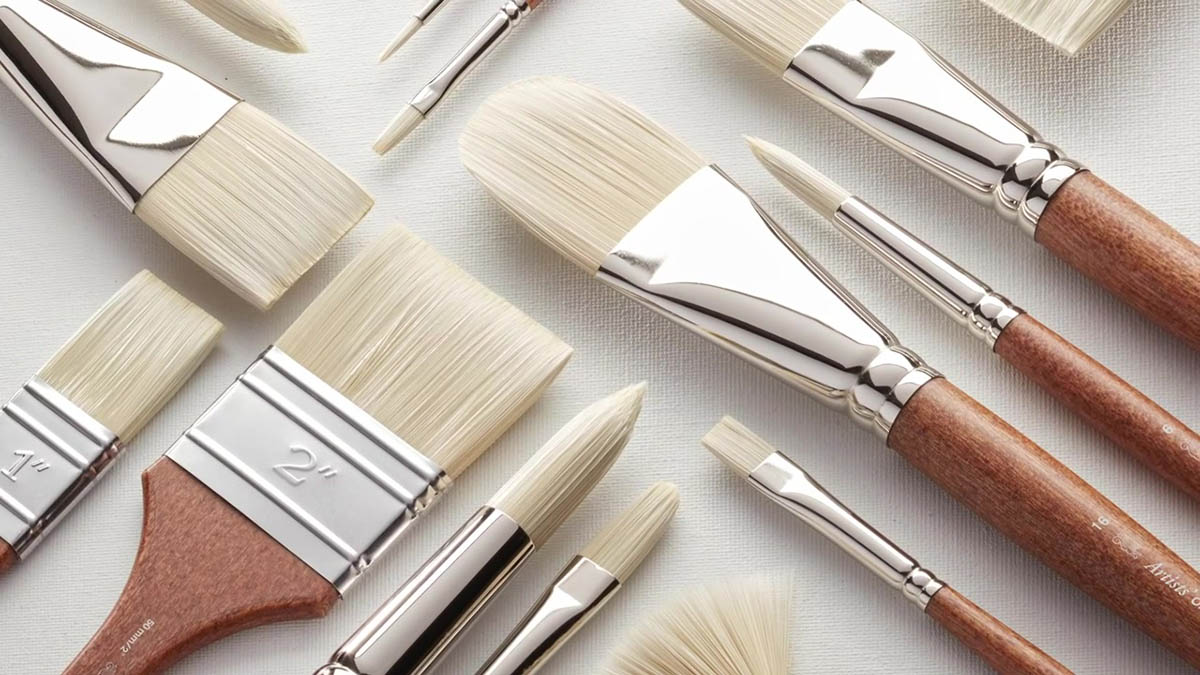
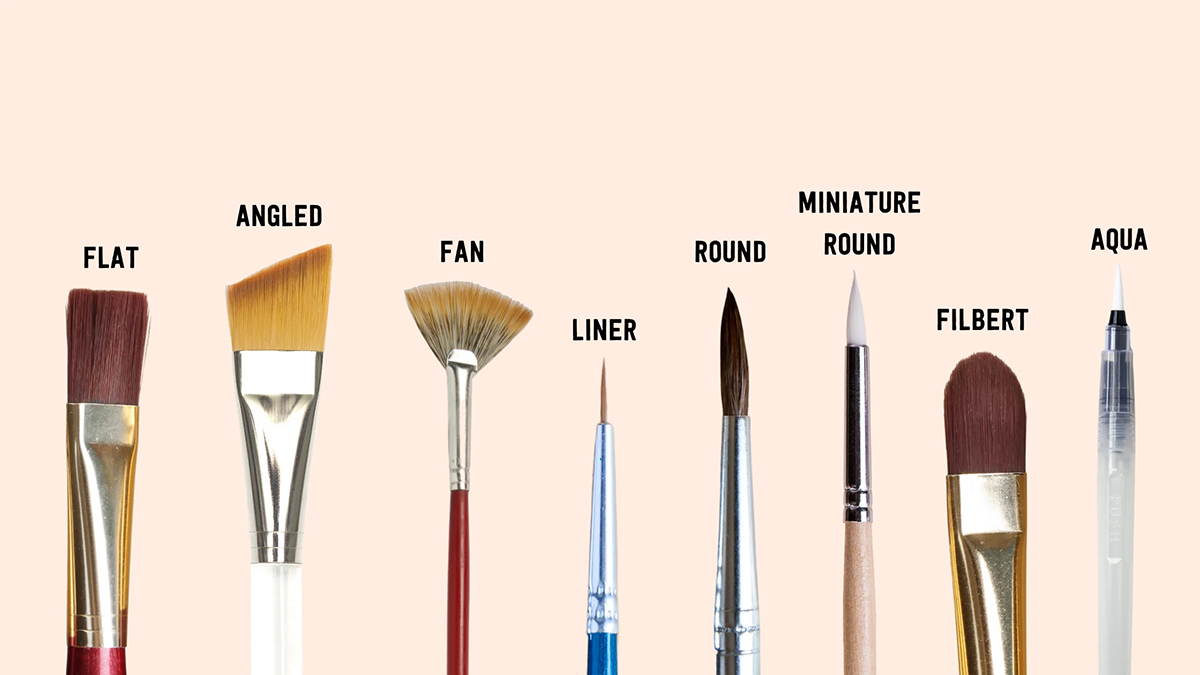
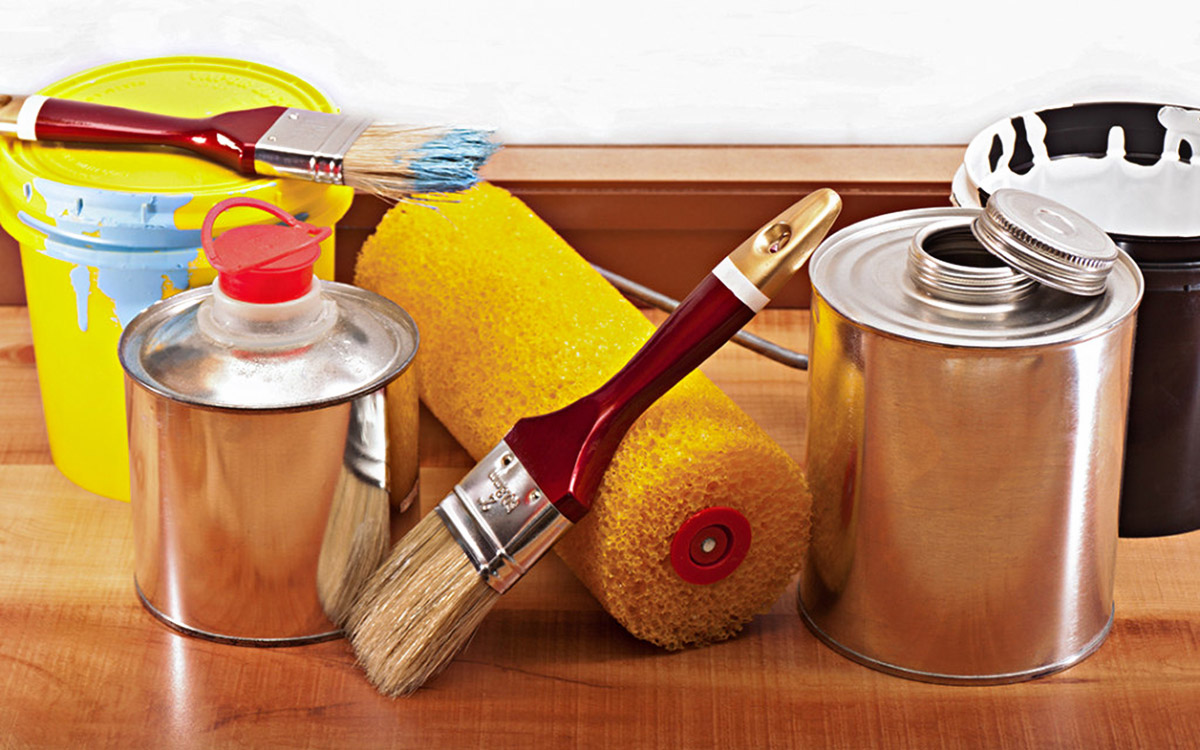
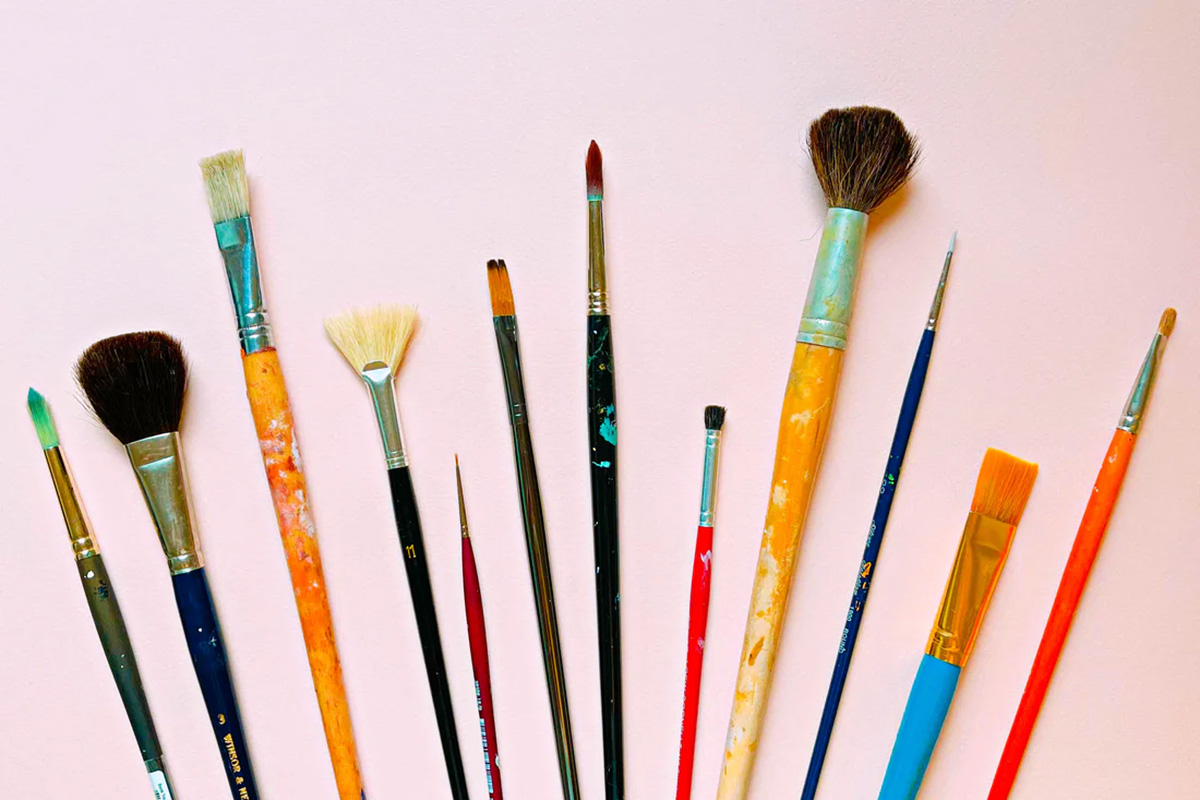
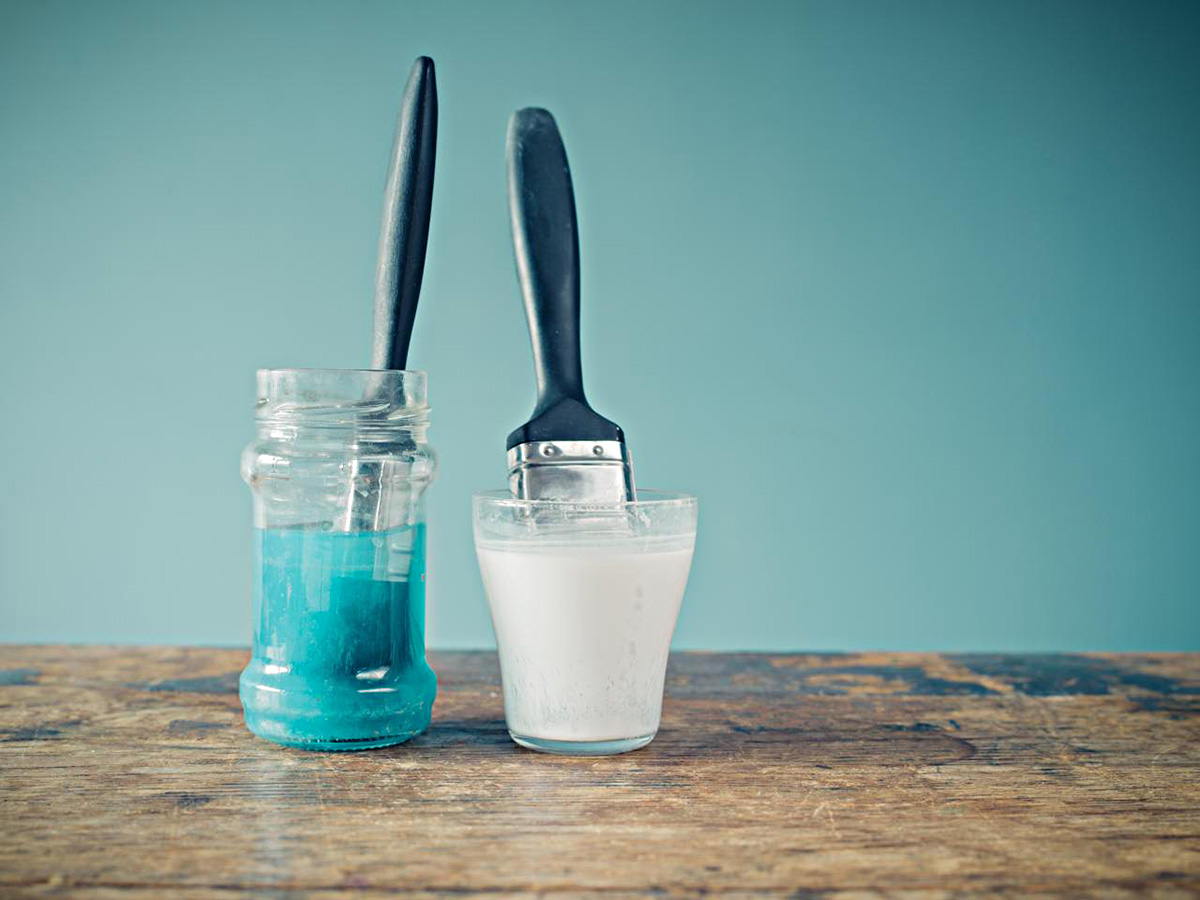
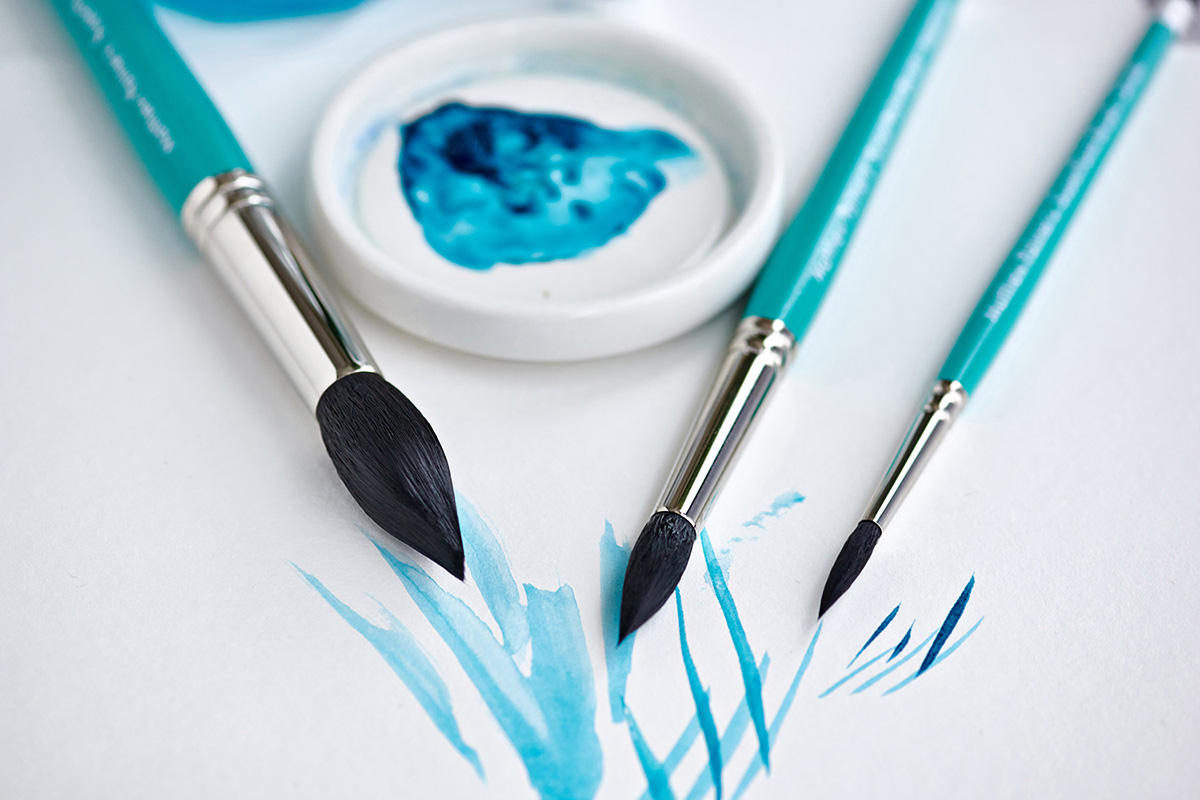
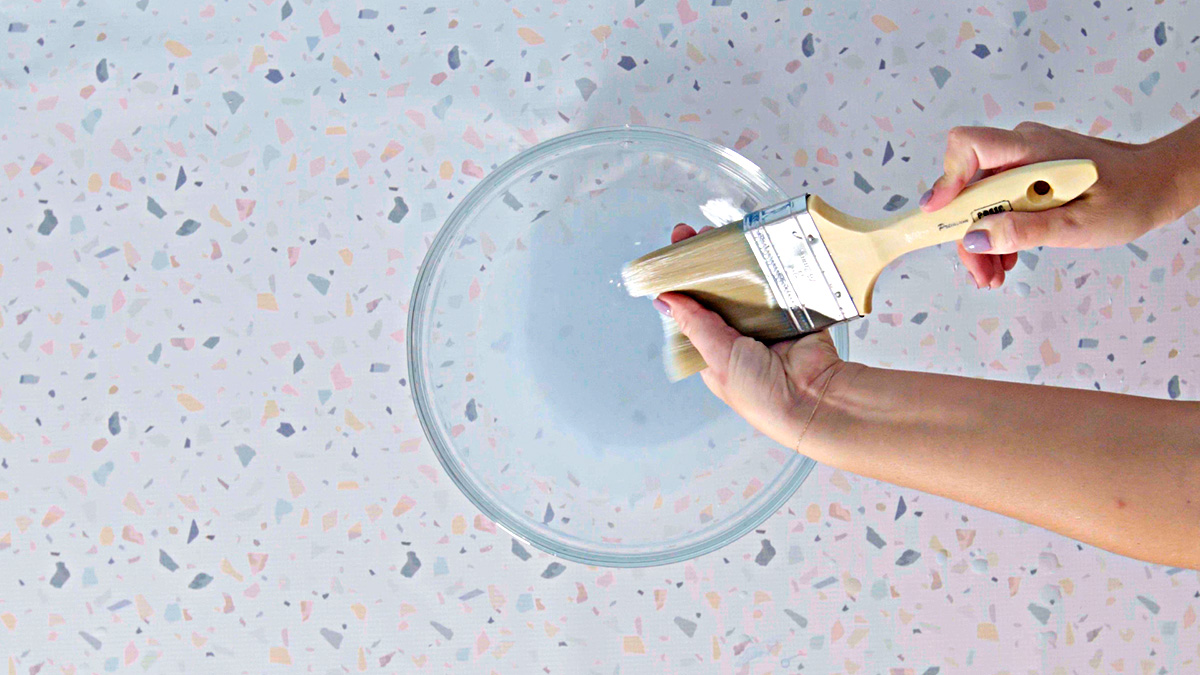

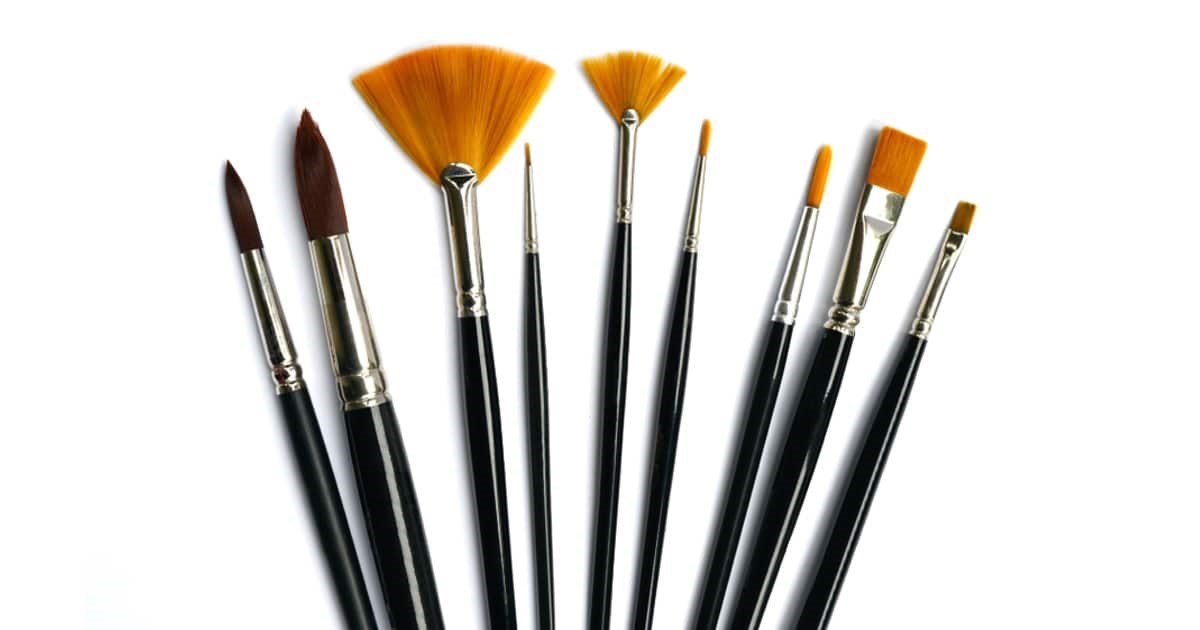

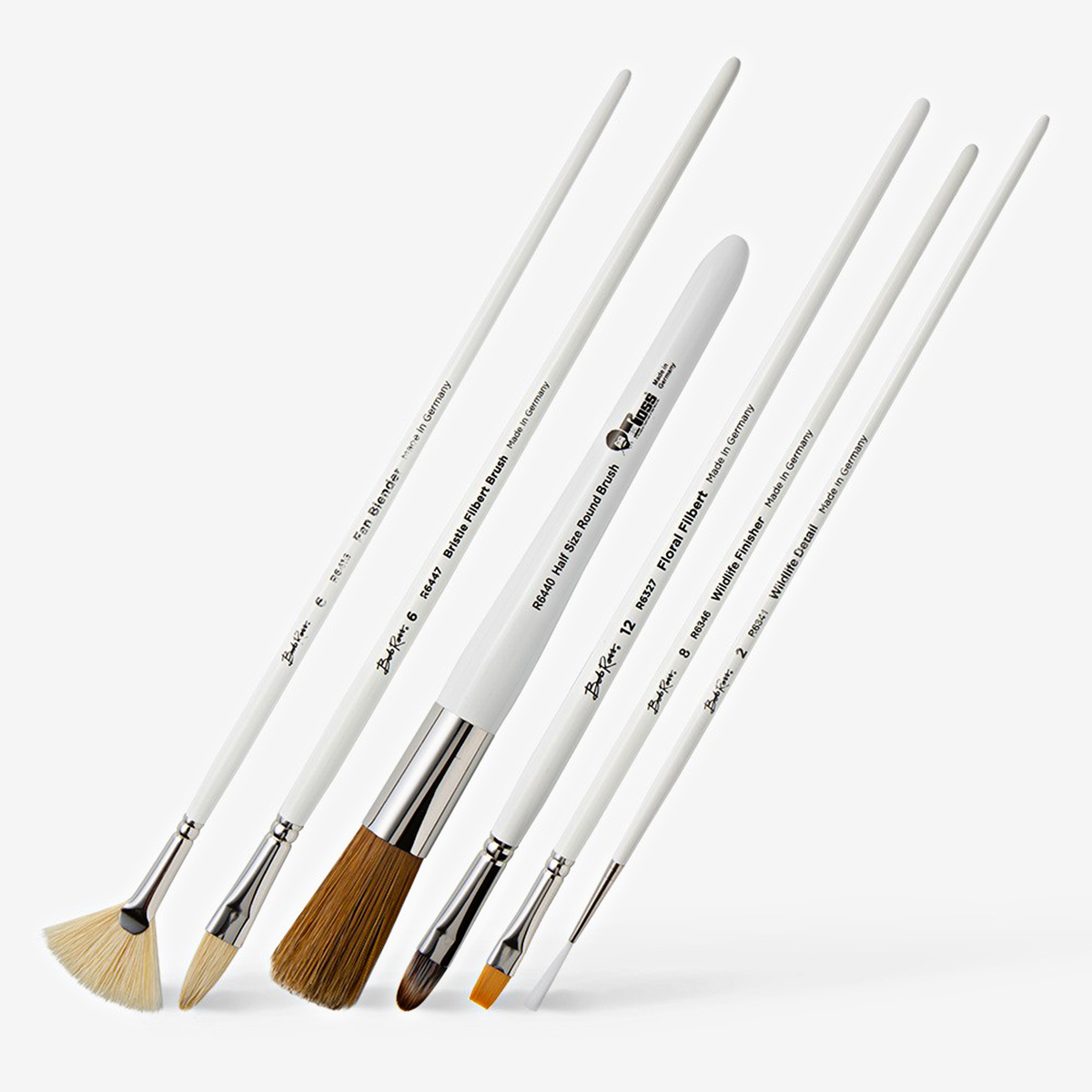

0 thoughts on “What Are Chip Paint Brushes”